Recent Articles
-
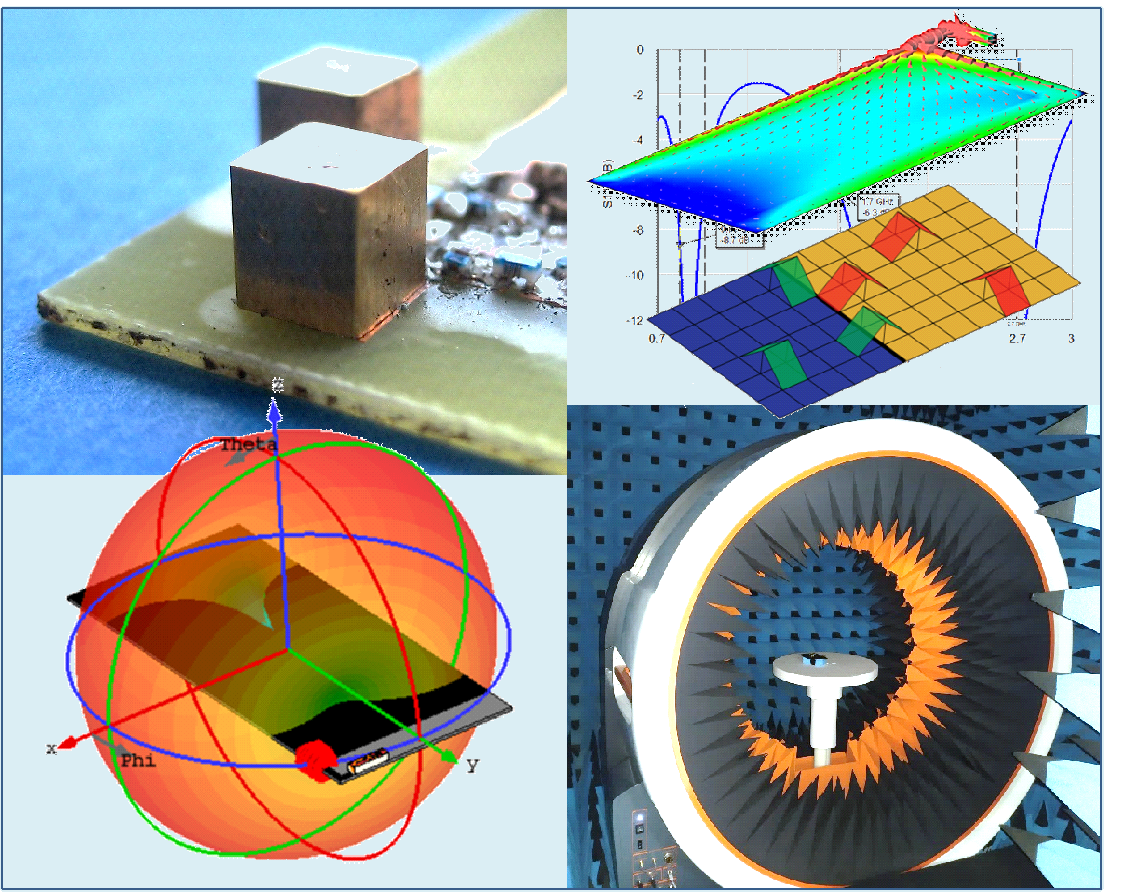
Guest Editorial: Introduction to the Special Section on Modeling, Analysis, and Design Methods for Embedded Antennas in IoT Wireless Devices
06 November 2025Jaume Anguera, Martijn Van Beurden and Miloslav Capek present the continuous evolution of wireless communication systems, particularly within the domains of the Internet of Things (IoT) and advanced aerospace platforms, has intensified the demand for compact, efficient, and versatile antenna solutions. Conventional full-wave electromagnetic simulations, though precise, are often computationally expensive and time-consuming, posing limitations in scenarios requiring rapid prototyping and integration into constrained form factors. To overcome these challenges, recent research has advanced a variety of innovative methodologies, including machine learning–assisted antenna performance prediction, automated and synthesis-based design of matching networks, antenna booster technologies, and reconfigurable architectures. Furthermore, novel strategies for polarization and bandwidth enhancement have been proposed to ensure robust performance under diverse operational conditions. Collectively, these contributions highlight a paradigm shift in antenna engineering, where efficiency, adaptability, and design automation are prioritized alongside traditional performance metrics. The papers included in this special section reflect this transition, presenting state-of-the-art approaches that significantly reduce design complexity while achieving high performance across a wide range of wireless applications.
-
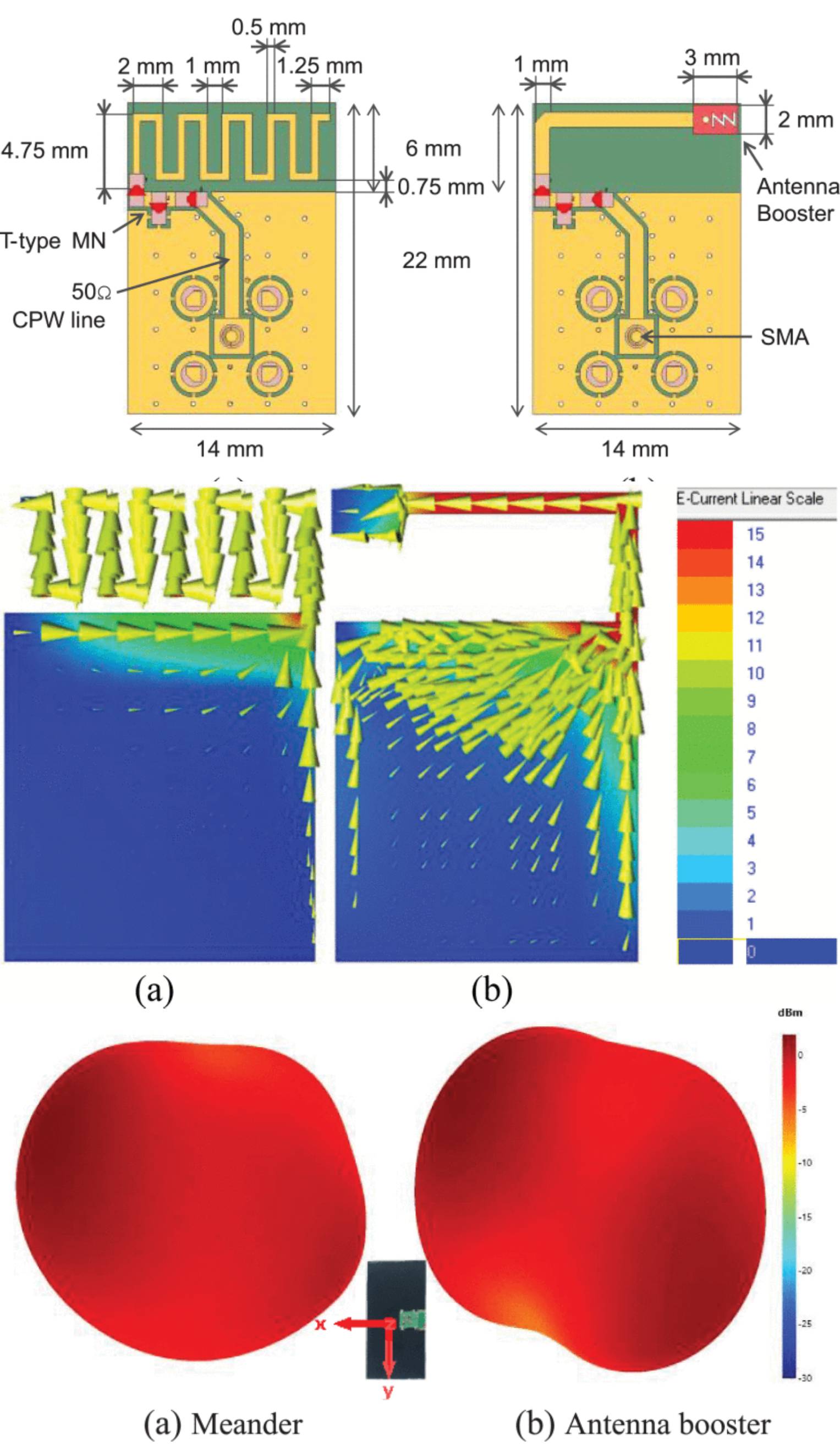
Antenna Boosters Versus Meander Antennas for Bluetooth Module Integration
21 May 2025 Alejandro Fernández, Mireia Vera, Jose Luis Pina, Aurora Andújar and Jaume Anguera compare a common meander-type antenna to an antenna booster in a 21×14 mm2 module. Furthermore, as the final placement of the module on the device and its dimensions remain undetermined, both modules have been evaluated in four different positions of the device (left corner, short-edge center, right corner, long-edge center) for three different Printed Circuit Board (PCB) sizes of 50×50 mm2,75×50 mm2 , and 100×50 mm2 . A module antenna system should be robust enough to cover 2.4−2.484GHz for all 12 setups without the need to change either the antenna geometry and/or the matching network, as you cannot change the Bill of Materials (BoM) of the module once you have passed certification.
-
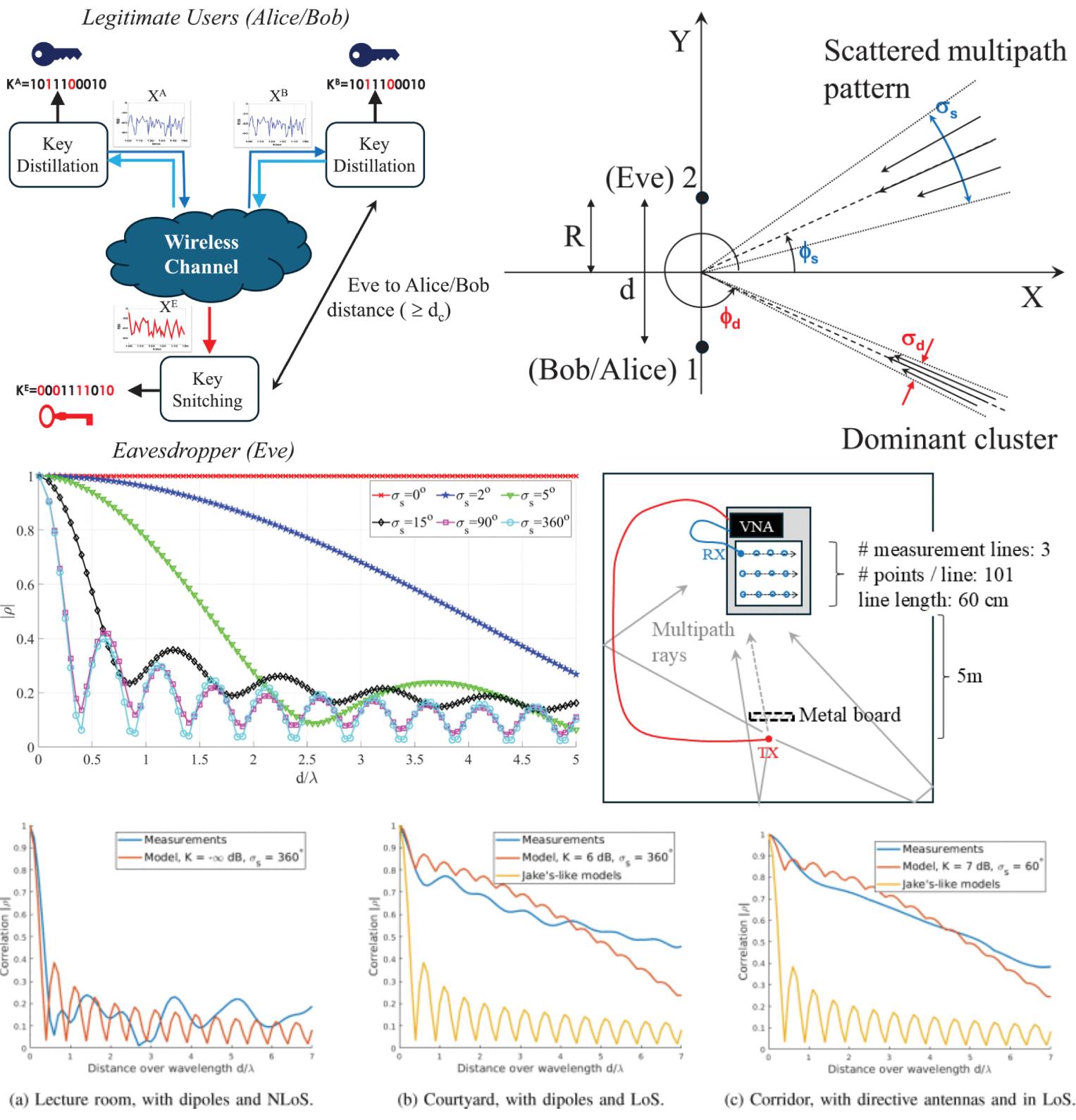
On Spatial Correlation Properties in Rice Wireless Channels for Physical Layer Security
19 May 2025 Simone Del Prete, Marina Barbiroli, Mohammad Hossein Zadeh and Franco Fuschini presents a general, analytical spatial correlation model tailored to Rice fading channels, whereas most of the existing studies are basically limited to the Rayleigh fading case. Results show that the spatial correlation distance is clearly affected by both the power angle profile at the receiver side and the channel Rice factor. Depending on the propagation conditions, the correlation distance can be significantly larger than the value commonly and hurriedly assumed in many previous works on physical layer security, even several times the commonly assumed half-wavelength correlation distance.
-
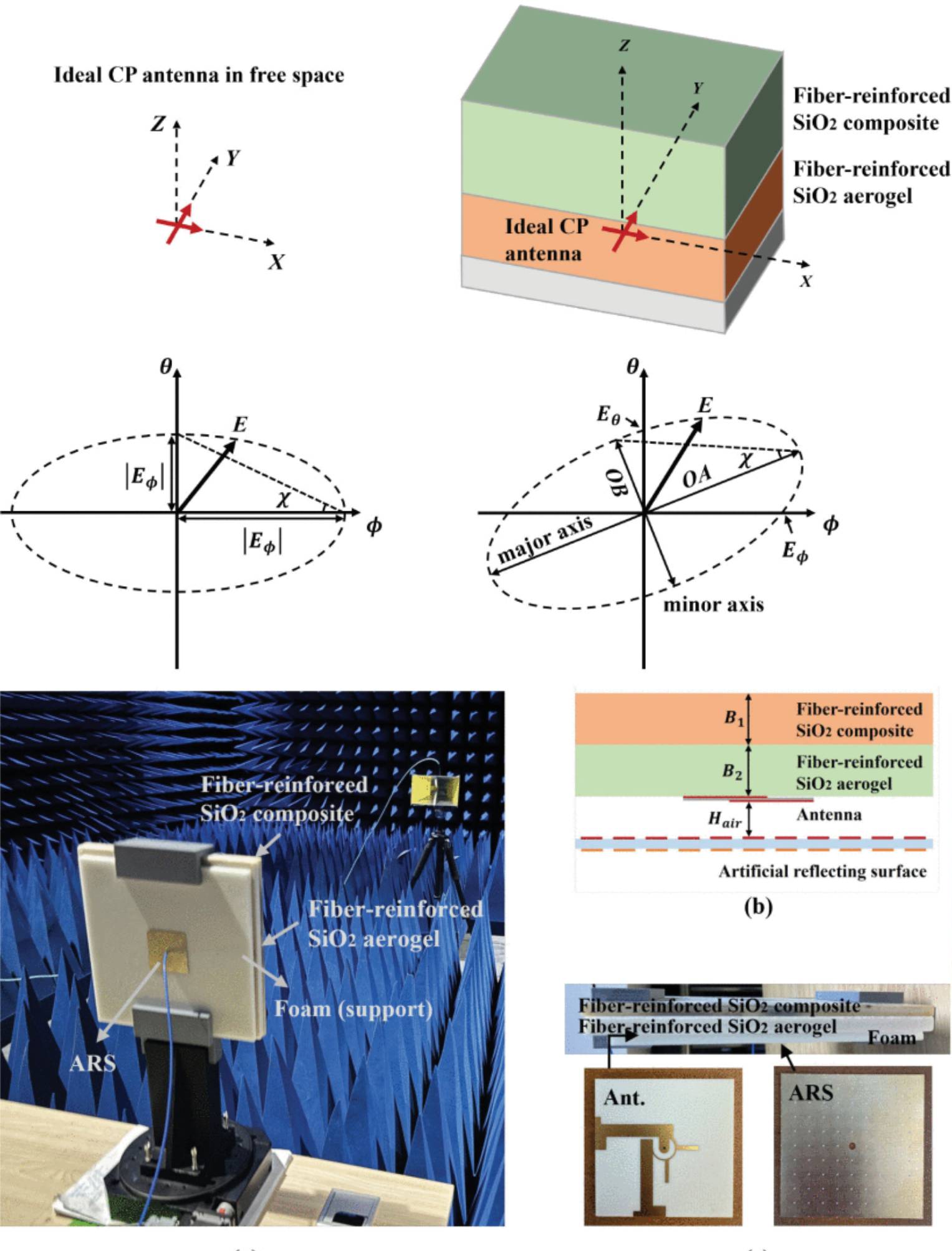
Dual-Band, Wide-AR Beamwidth, CP Antenna With Artificial Reflecting Surface for Hypersonic Vehicles
12 May 2025 Haoqing Wen and Qi Wu analyze electromagnetic interactions between circularly polarized (CP) antennas and a thermal protection system (TPS) through the reciprocal and transmission line (TL) theories. A method is proposed to design an artificial reflecting surface (ARS) by calculating its optimal equivalent circuit. The designed ARS restores the CP properties of an embedded antenna by substituting its perfect electric conductor (PEC) ground. A dual-band 3/7 GHz CP antenna is designed and fabricated to verify the proposed theoretical method.
-
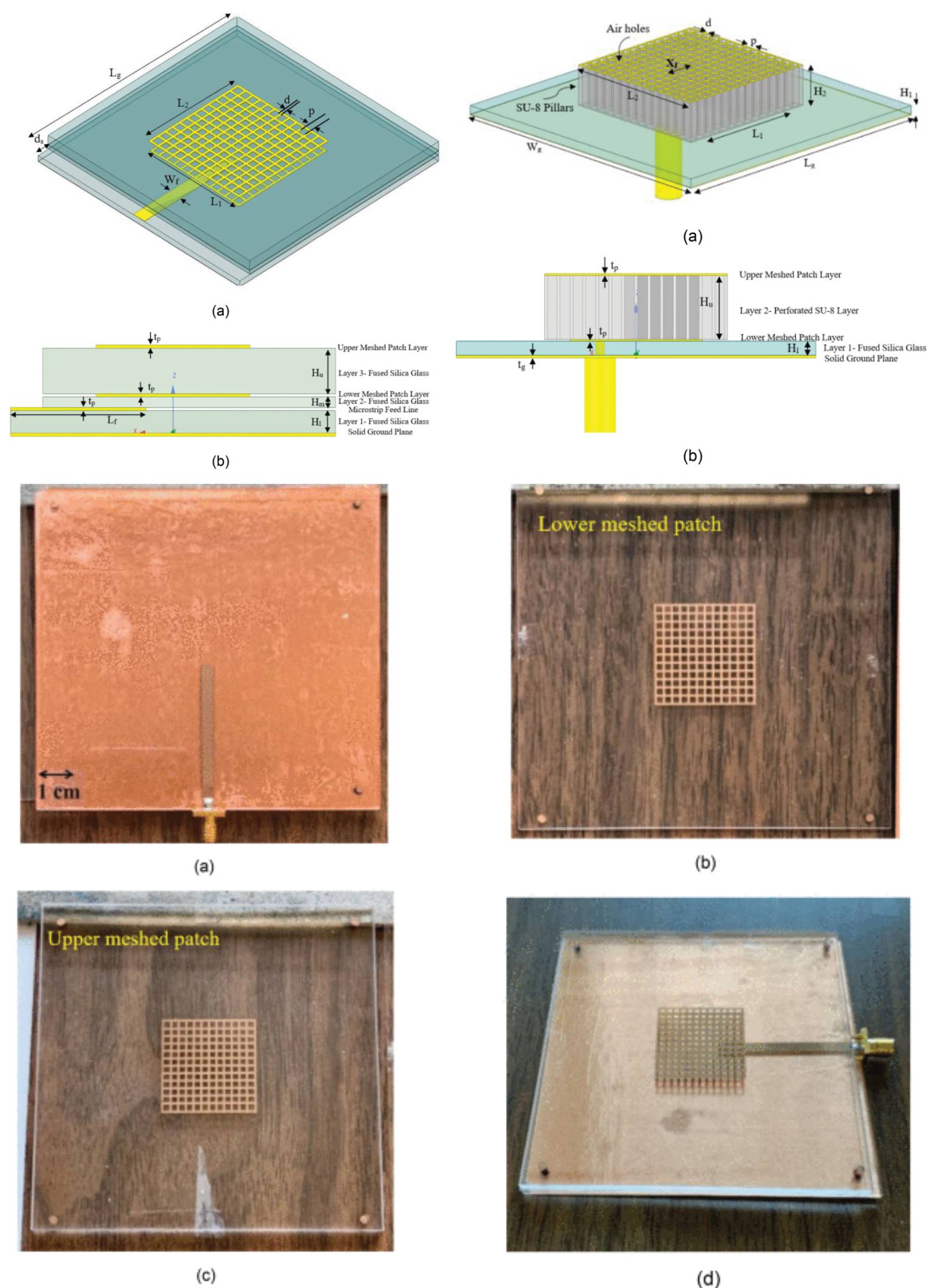
Low Profile Enhanced Bandwidth Optically Transparent and Semi-Transparent Meshed Patch Antennas for Integration With Solar Cells
12 May 2025 Shirin Ramezanzadehyazdi, Dustin Isleifson, Philip Ferguson, Lot Shafai and Cyrus Shafai present three novel low-profile optically transparent meshed patch antennas with enhanced bandwidth that can be fully integrated into a solar cell. The bandwidth enhancement was achieved by applying a stacking technique to two square meshed patches with close resonance frequencies. The first antenna used fused silica glass substrates for both lower and upper dielectric layers to maintain transparency and high integrability with the solar cells. In the second design, a polymer layer replaced the upper glass substrate and was partially removed to reduce the antenna mass. To further reduce the mass, the polymer layer was perforated in the third design.
-
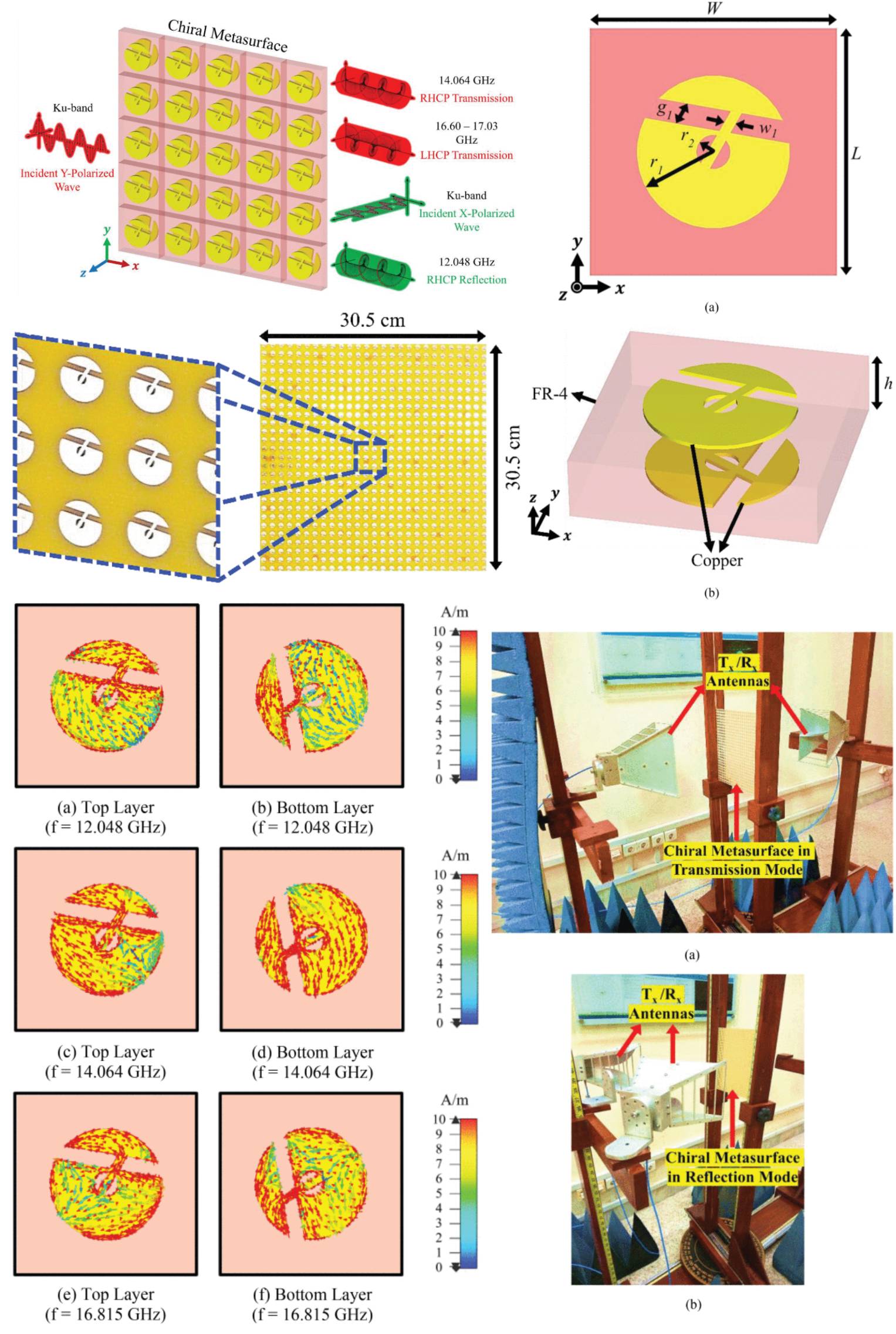
Circular Dichroism and Cross Polarization Conversion Using Chiral Metasurface
09 May 2025 Muhammad Noman, Hattan Abutarboush, Khurram K. Qureshi, Adnan Zahid, Farooq A. Tahir, Muhammad Imran and Qammer H. Abbasi present a novel dual-mode chiral metasurface (CM) designed to achieve strong circular dichroism (CD) in both transmission and reflection mode within the Ku-band. The proposed dual-mode CM demonstrates CD i.e., an efficient conversion of linearly polarized (LP) electromagnetic (EM) waves into circularly polarized (CP) waves, both within a broader spectrum as well as at single frequencies in both transmission and reflection mode, exhibiting asymmetric transmission (AT) response. This is achieved through a judiciously designed unit cell structure, which eliminates the requirement for intricate supercell configurations or active circuitry.
-
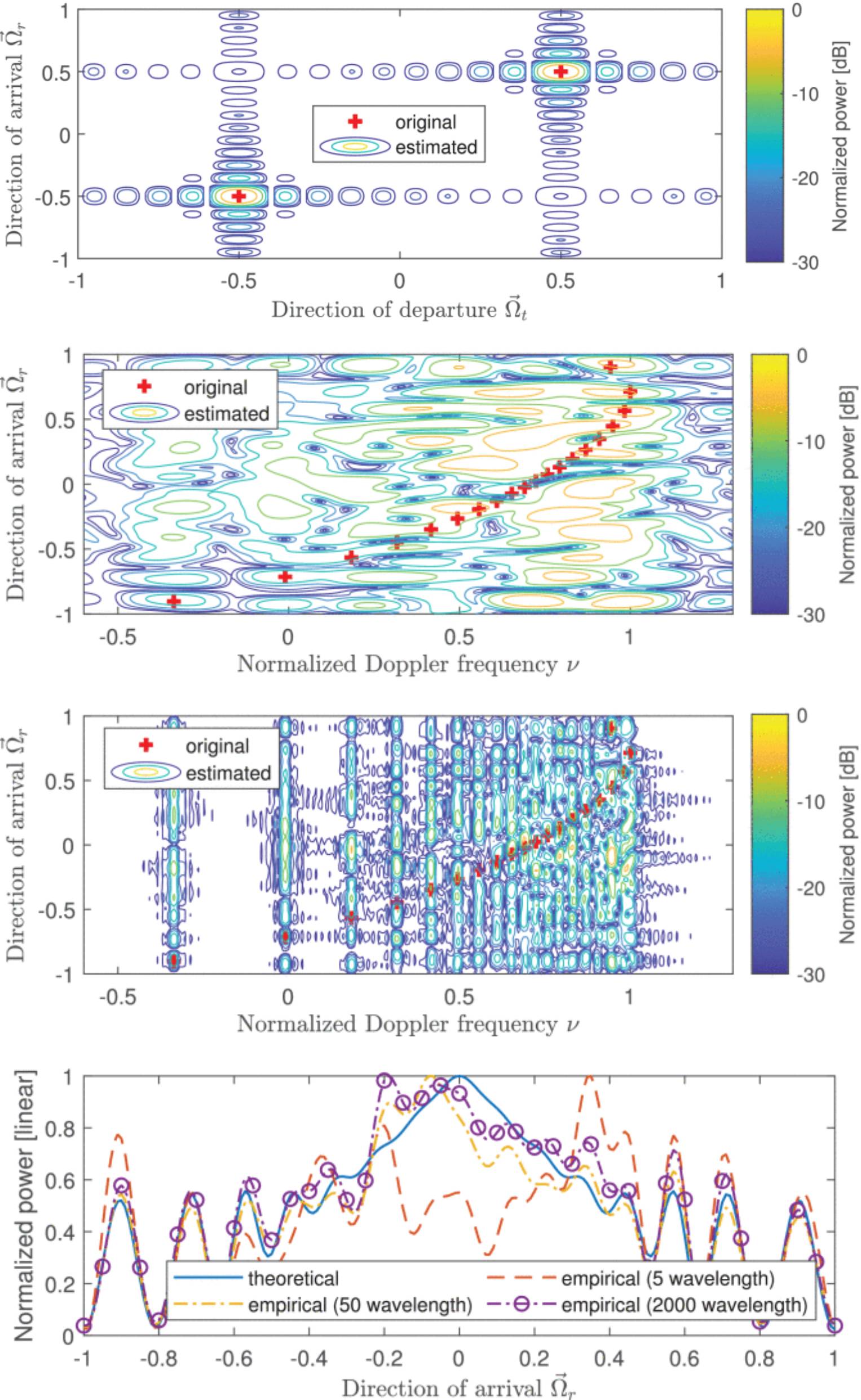
Fourier Analysis of the Prefaded Signal Synthesis in MPAC Setup
08 May 2025 Yilin Ji, Chunhui Li and Wei Fan address the frequently asked question of the prefaded signal synthesis (PFS): (i) the minimum sufficient spatial sampling density within the test zone when solving probe weights, and (ii) the effect of the antenna radiation pattern of different DUT’s on the emulated channel. The team addresses these questions analytically from the perspective of the power spectral density function in the direction and Doppler frequency domain, i.e., the Fourier dual of the spatial and temporal correlation function.
-
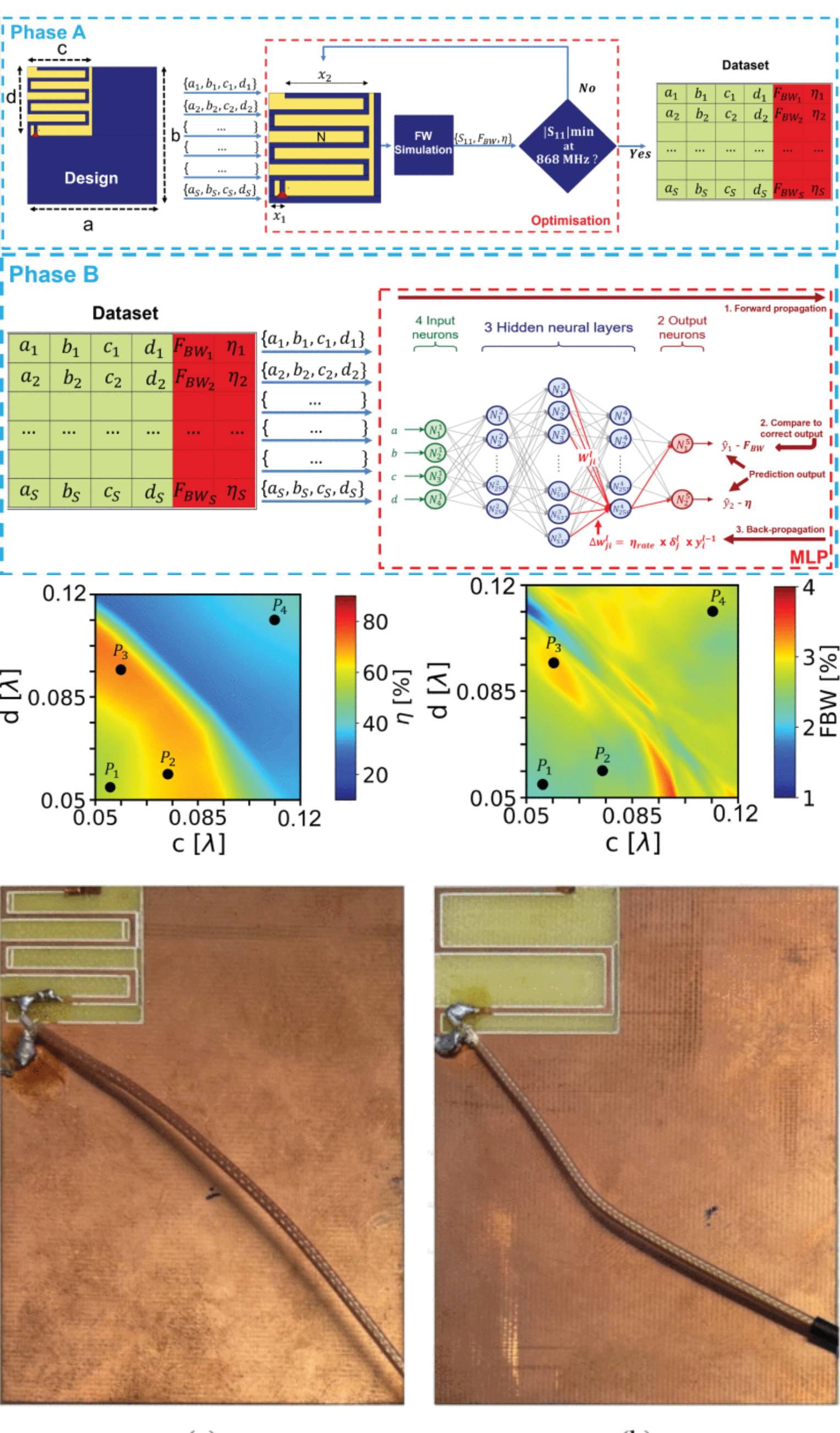
Predicting the Maximum Achievable Antenna Bandwidth and Efficiency Using Machine Learning: A Terminal-Integrated Meander IFA Case Study
28 October 2024 Julian Roqui, Alain Pegatoquet, Luca Santamaria and Leonardo Lizzi propose an approach based on Machine Learning (ML) to predict the maximum achievable performance (fractional bandwidth and total efficiency) of a printed Inverted F-antennas (IFAs) integrated into compact IoT terminals. This original approach relies on the use of a Multi-Layer Perceptron (MLP) artificial neural network (ANN), which is trained using data from numerical simulations that take into account the constraints of practical implementations. The effectiveness of the approach is demonstrated through comparisons with numerical and experimental results, as well as with theoretical results available in the literature.
-
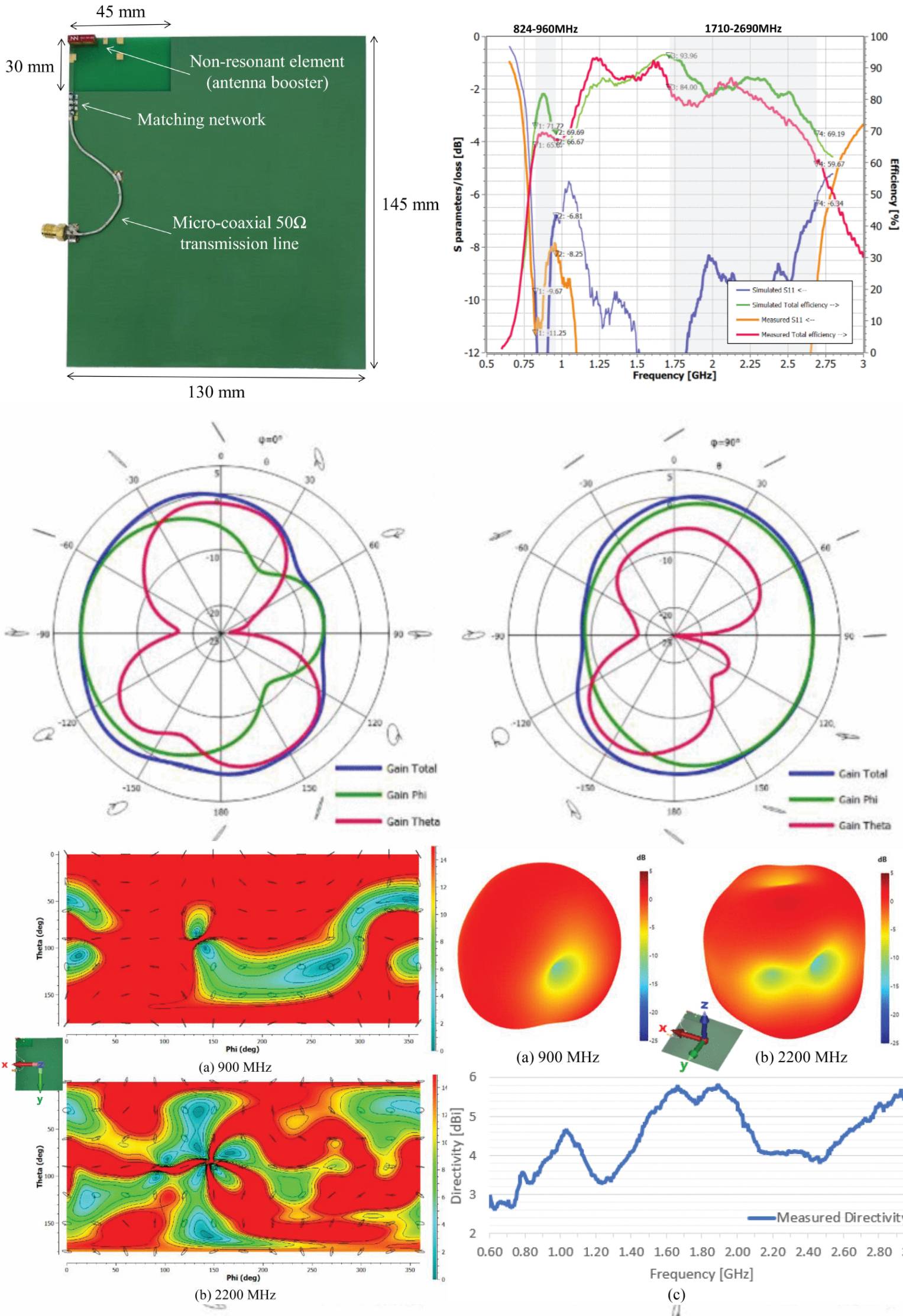
Multiband Operation With Antenna Boosters Using Matching Network Synthesis
28 February 2024 Alejandro Fernández, Aurora Andújar, Jussi Rahola, Joan L. Pijoan and Jaume Anguera propose a rapid and straightforward approach for designing multiband antenna systems utilizing antenna boosters to address the demand for wireless connectivity to a multitude of devices. In this method, the antenna booster is presented as an impedance box, with a multiband matching network comprising lumped components that determine the number of frequency bands. The multiband matching network is created using a synthesizer, taking into account the measured antenna booster input impedance and simulated radiation efficiency. To validate the process, a multiband antenna system operating at 824-960 MHz and 1710-2690 MHz is implemented.
-
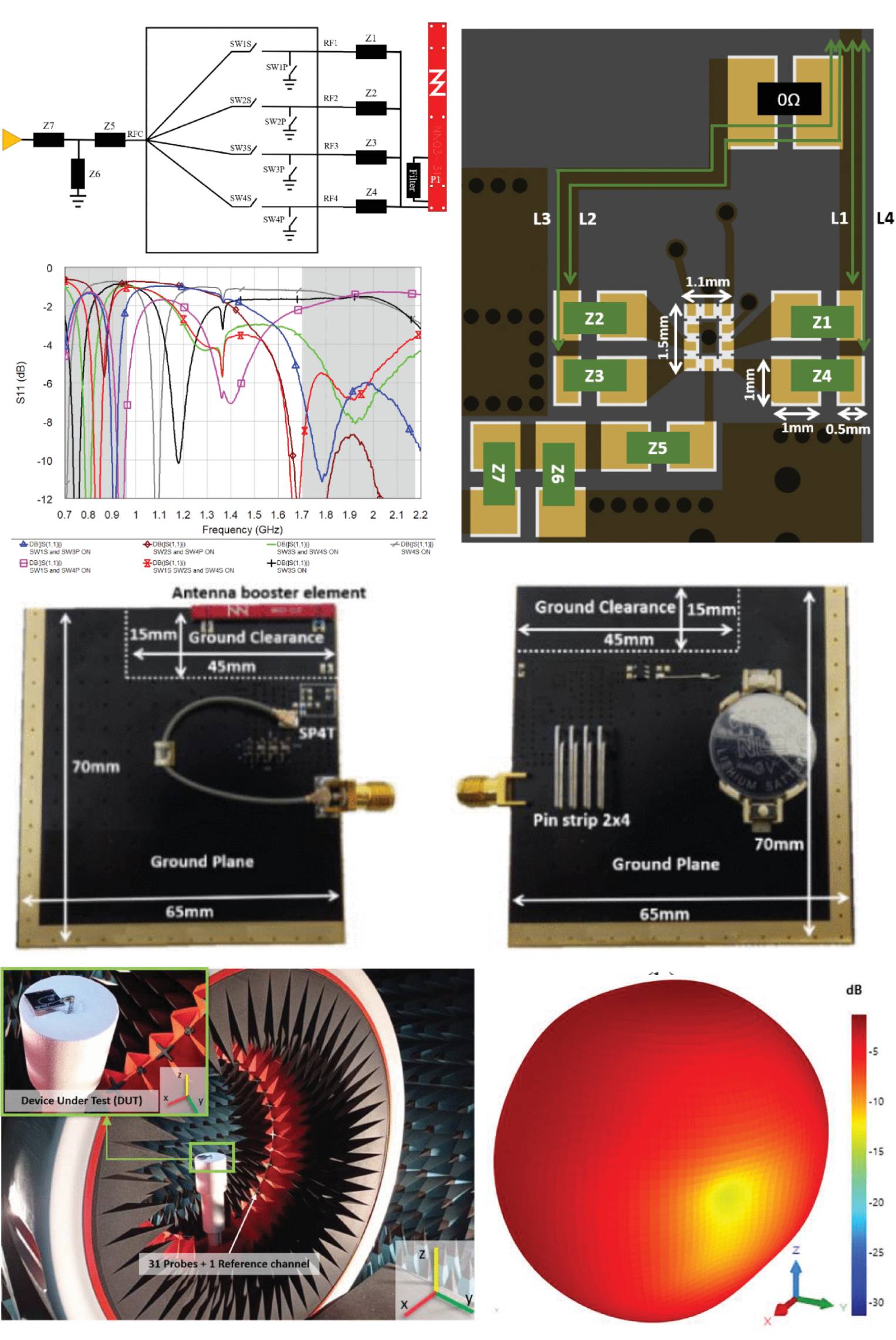
Reconfigurable Antenna Booster System for Multiband Operation in IoT Devices With an SP4T Switch
29 January 2024 Elena García, Aurora Andújar, Joan L. Pijoan, and Jaume Anguera propose, design, and build a reconfigurable architecture with a single SP4T (Single-Pole 4-Throw) operating at 698 MHz – 960 MHz and 1710 MHz – 2170 MHz embedding a 30 mm x 3 mm x 1 mm ( 0.07λ ) non-resonant element called an antenna booster element. This approach does not require antennas with complex geometric shapes to achieve multiband behavior. Instead, they rely on a multiband matching network to achieve efficient operation across multiple frequency bands. This design approach is easier, faster, and simpler than creating a new antenna for every device.

















